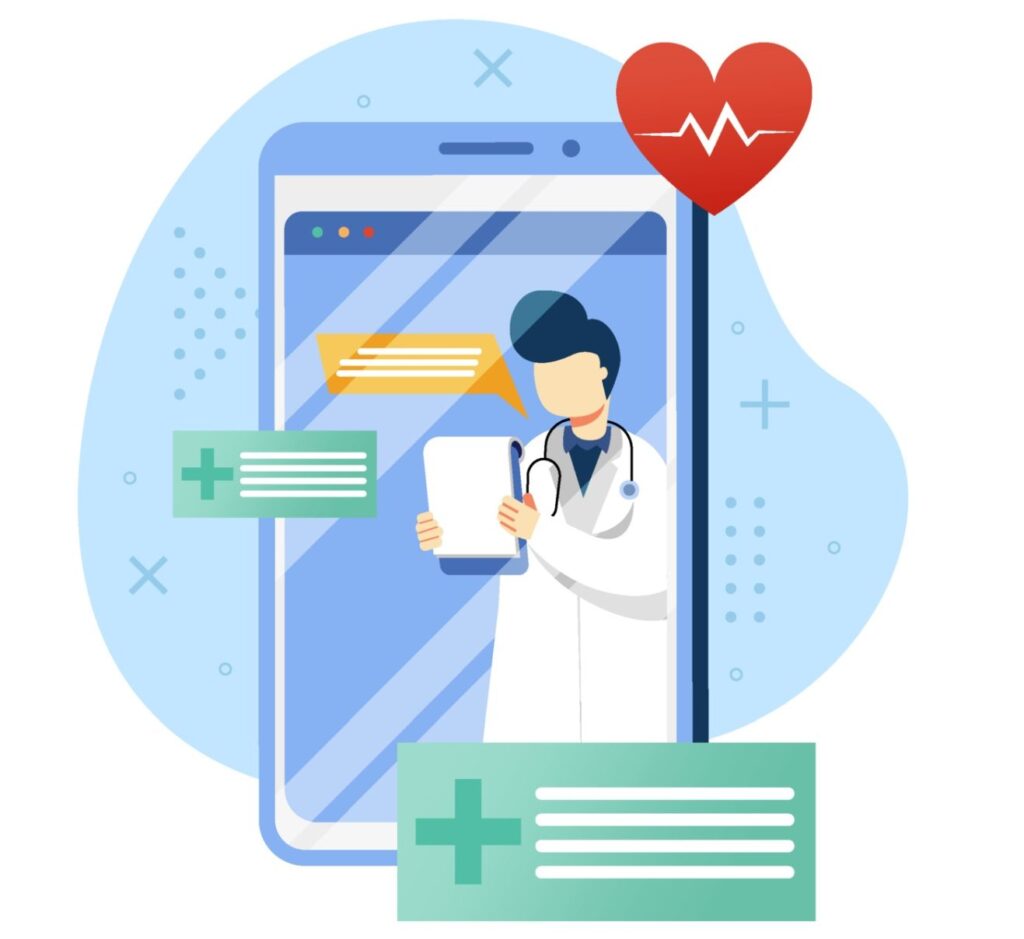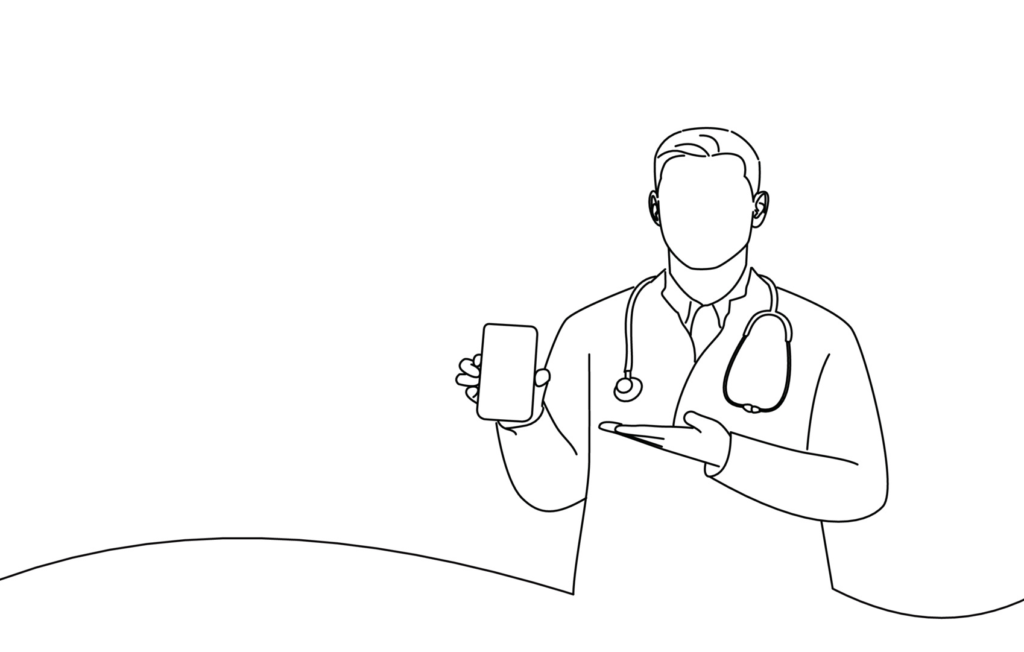The Most Popular Types of Healthcare Software
Healthcare is a highly fragmented industry, particularly when it comes to technology. With so many vendors offering software solutions for hospitals and medical practices, it can be challenging for healthcare organizations to navigate the marketplace and find the product that’s right for them.
Table of content
Table of Contents
Healthcare is a highly fragmented industry, particularly when it comes to technology. With so many vendors offering software solutions for hospitals and medical practices, it can be challenging for healthcare organizations to navigate the marketplace and find the product that’s right for them.

Experts estimate that by 2023 the demand for digital healthcare software solutions will increase substantially due to aging population and advances in mobile technology, big data, artificial intelligence, and Internet of Things (IoT). Given this dynamic landscape, here are common types of healthcare software that may be helpful for your organization as you research available options.
Electronic Medical Record (EMR) Software
An electronic medical record (EMR) is an electronic health record (EHR) system that includes patient data, such as demographics, diagnosis and treatment, immunizations, allergies, and other information. The EMR system facilitates communication between patients and health care providers, including physicians, nurses, and specialists. Organizations use EMR systems to manage patient data, streamline workflow, and comply with regulatory requirements.
EHR systems have many advantages for hospitals and other healthcare organizations. By adopting an EHR system, providers can standardize medical terminology and improve quality by tracking patient information from one encounter to the next. EHR systems also standardize and automate the ways doctors and nurses handle medical records. This can improve efficiency, allowing healthcare organizations to serve more patients while reducing errors due to miscommunication.
Electronic Health Record (EHR) Software
An electronic health record (EHR) is an integrated software system that manages patient data, including demographics, diagnosis and treatment, immunizations, allergies, and other information. EHR systems are designed to facilitate communication between patients and health care providers, including physicians, nurses, and specialists. Organizations use EHR systems to manage patient data and comply with regulatory requirements.
EHR systems are common in healthcare organizations. In fact, the Centers for Medicare and Medicaid Services (CMS) reports that 99% of hospitals in the United States use EHRs. EHR software systems have many advantages for hospitals and other healthcare organizations. By adopting an EHR software system, providers can standardize medical terminology and improve quality by tracking patient information from one encounter to the next. EHR systems also standardize and automate the ways doctors and nurses handle medical records. This can improve efficiency, allowing healthcare organizations to serve more patients while reducing errors due to miscommunication.
Care Coordination Healthcare Software
Care coordination software is designed to help organizations provide coordinated care to patients with chronic conditions. It allows providers to create patient care plans, track treatment goals, and communicate with members about their care. Healthcare organizations can use care coordination software to improve the overall quality of care patients receive. It can help providers identify gaps in care, reduce costs associated with emergency room visits, and streamline insurance claims.

Patient Monitoring and Management Software
Patient monitoring and management (PMM) software is designed to help physicians and nurses track and monitor the progress of patients who suffer from chronic diseases like diabetes and hypertension. PMM systems are sometimes referred to as “electronic health home” or “telehealth” systems.
PMM software can help healthcare organizations improve the quality of care patients receive. It allows providers to monitor patients remotely and send alerts when they deviate from their prescribed treatment plan.
Telemedicine and mHealth Software
Telemedicine and mHealth software allow providers to connect with patients remotely. This can help patients who live in rural areas or who are otherwise unable to regularly visit a clinic access healthcare. Telemedicine and mHealth tools can also help organizations improve care for patients with chronic conditions. They allow physicians and nurses to remotely monitor patients and send alerts if they deviate from their treatment plan.
Robotic Process Automation (RPA) Healthcare Software
Robotic process automation (RPA) software is designed to automate tasks that are performed repeatedly, such as copying and pasting data from one system to another. RPA programs are governed by rules created by the software’s developer. This means they can be programmed to follow specific rules and make logical decisions based on specific inputs. Essentially, RPA software uses artificial intelligence to mimic the decision-making process human beings use when completing tasks.
By eliminating the need for humans to perform repetitive tasks, RPA software can reduce errors and improve efficiency. It can also free up time for employees to work on more important, strategic tasks. RPA software is useful for healthcare organizations because it helps them comply with regulatory requirements.
Data Analytics and Real-Time Monitoring Software
Data analytics and real-time monitoring software is designed to detect threats and potential problems in a hospital’s network. It collects information related to the devices, applications, and networks used in the healthcare environment. Healthcare organizations use data analytics to detect security breaches and cyberattacks. They also use it to monitor patients, looking for signs of deterioration or other problems. By monitoring devices, applications, and networks, organizations can improve efficiency and reduce costs associated with investigations and remediation.
Integrating Electronic Healthcare with Care Home Software
Healthcare companies are increasingly partnering with care home software vendors to offer remote care. This allows providers to extend services beyond the walls of a hospital or clinic, benefitting more patients. These integrated EHR systems allow organizations to share patient information between providers. This helps improve care quality and reduce the number of preventable errors. Care home software can also help providers comply with regulatory requirements. For example, it can help organizations track residents’ medication and health information.

Knowing what types of healthcare software are available can help you navigate the marketplace and find the right product for your organization. It’s important to remember that no two products are alike. The best software is the one that fits your unique needs. Healthcare organizations are increasingly adopting digital technologies to improve quality and efficiency. To accomplish this, organizations must have software that supports their business processes. By knowing what software types are available, you can better navigate the marketplace and find the right product for your organization.


